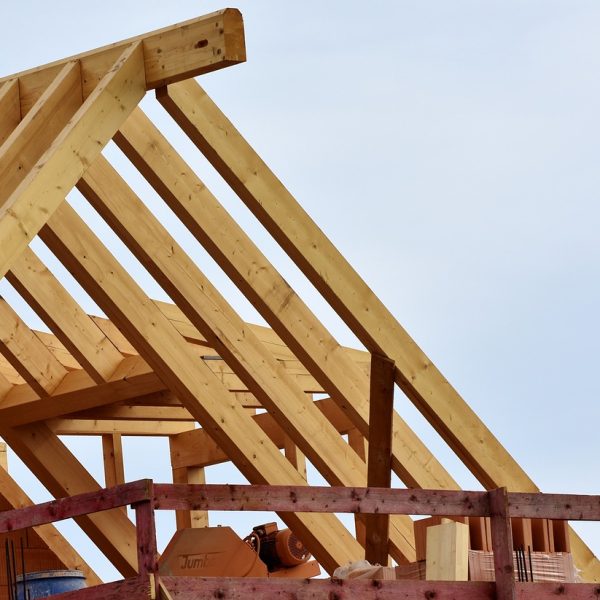Types of Site Surveys in Home Construction
Depending on the complexity of the site and project requirements, several types of surveys may be conducted, each providing different types of information essential for various aspects of construction.
A topographic survey provides detailed information about the natural and man-made features on the site, including elevation, slopes, trees, buildings, and other structures. This survey is essential for designing structures that harmonize with the land, helping determine ideal locations for foundations, drainage, and landscaping.



